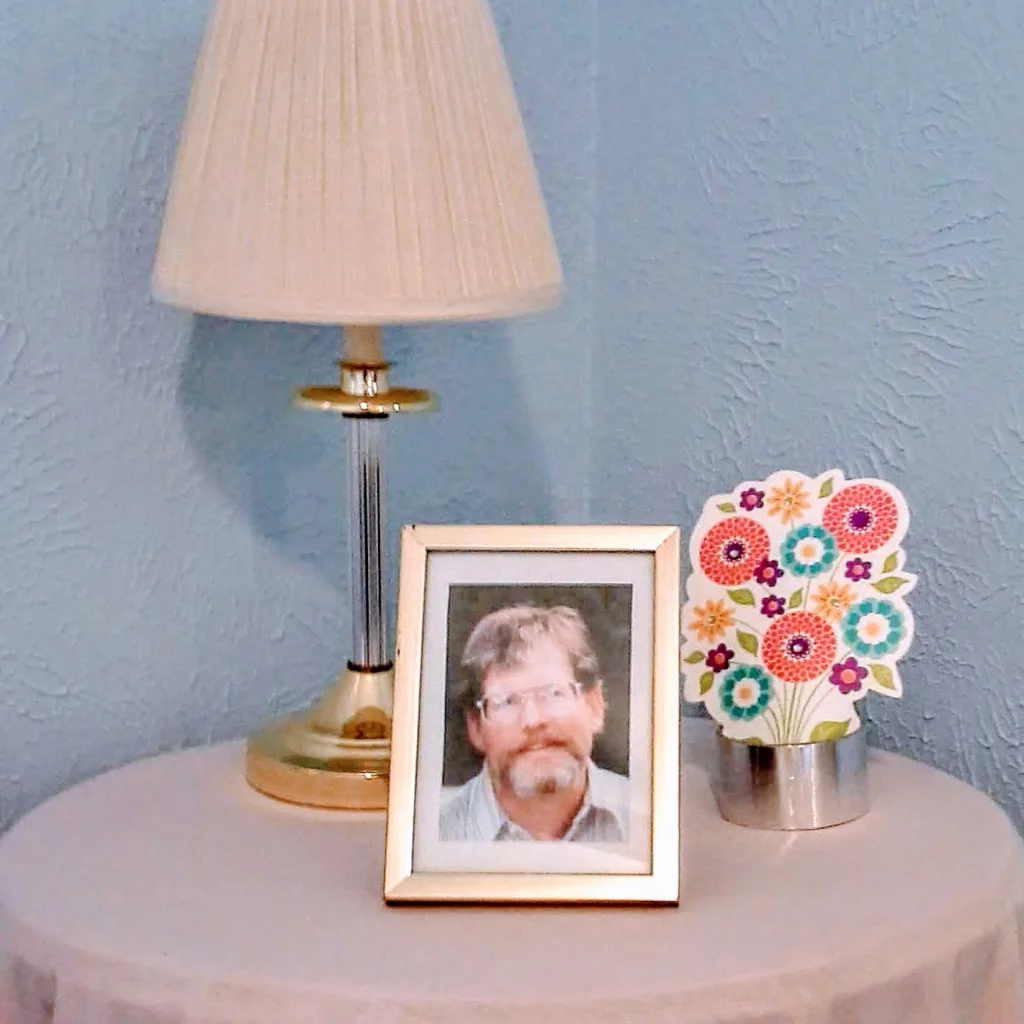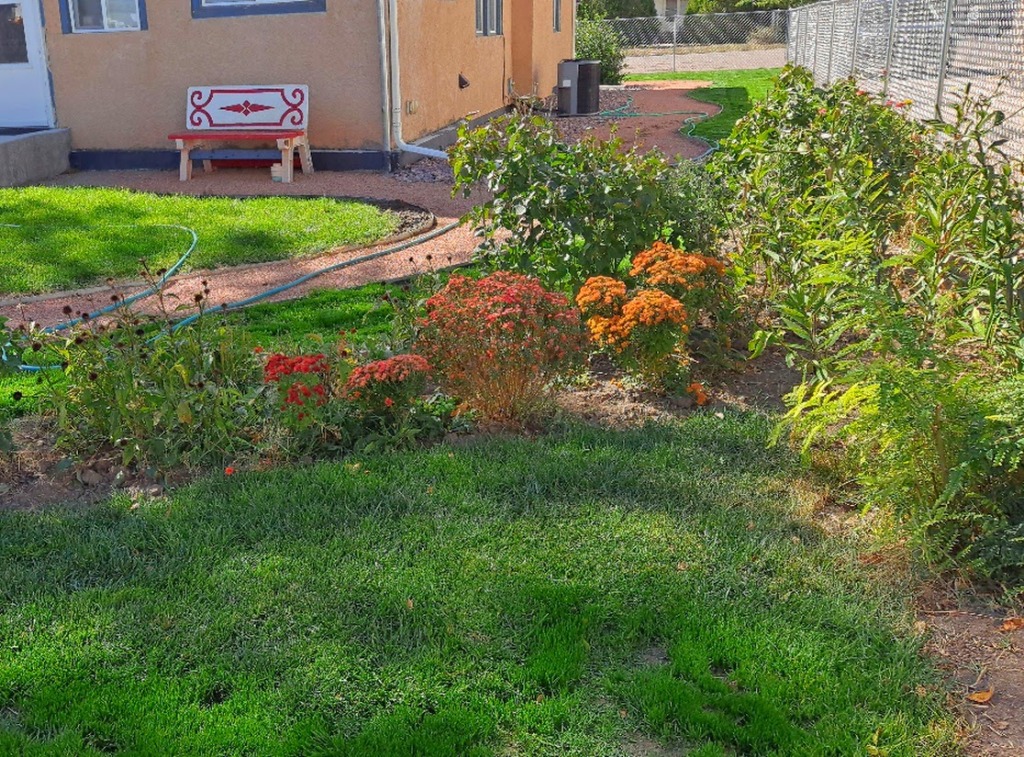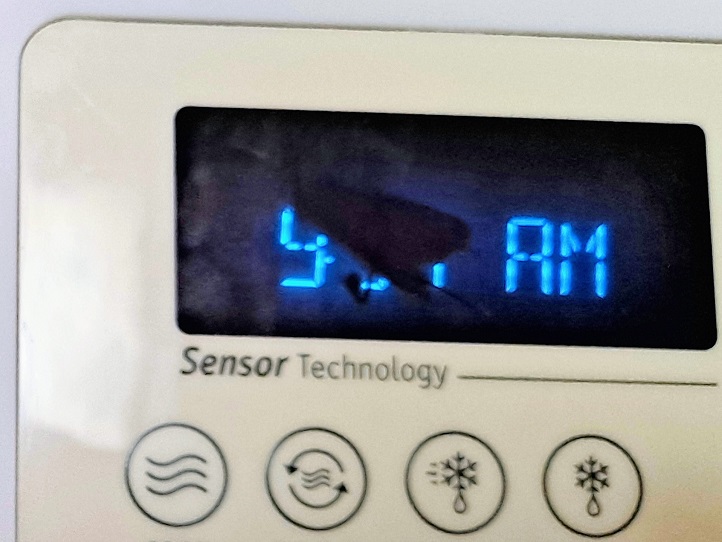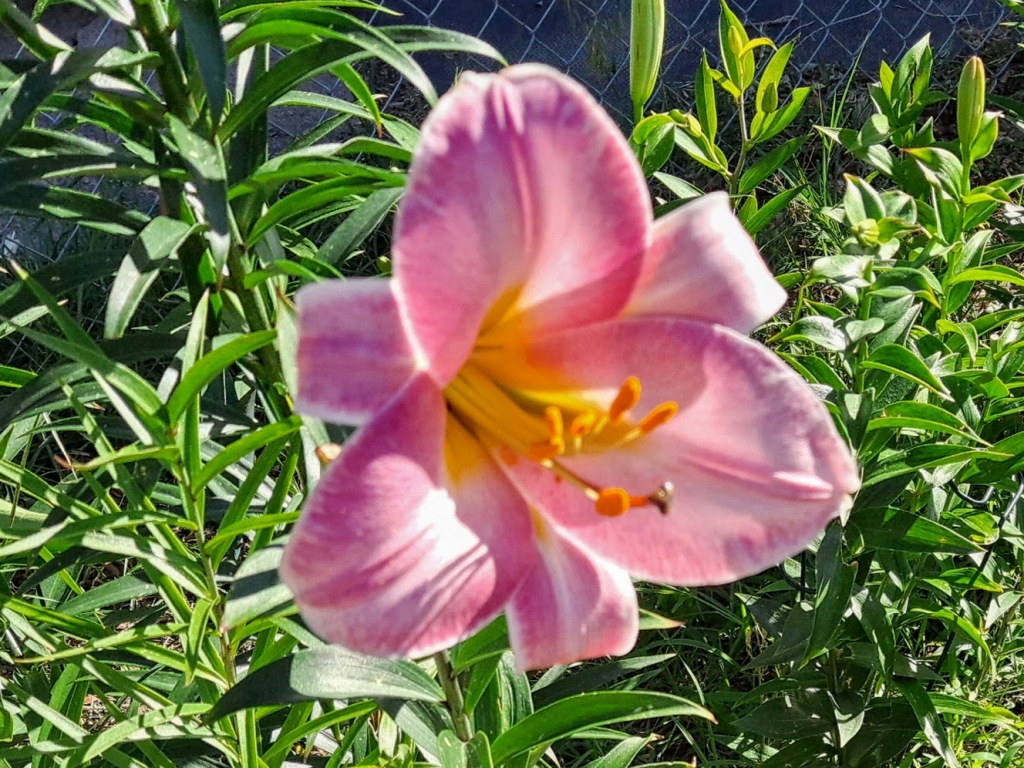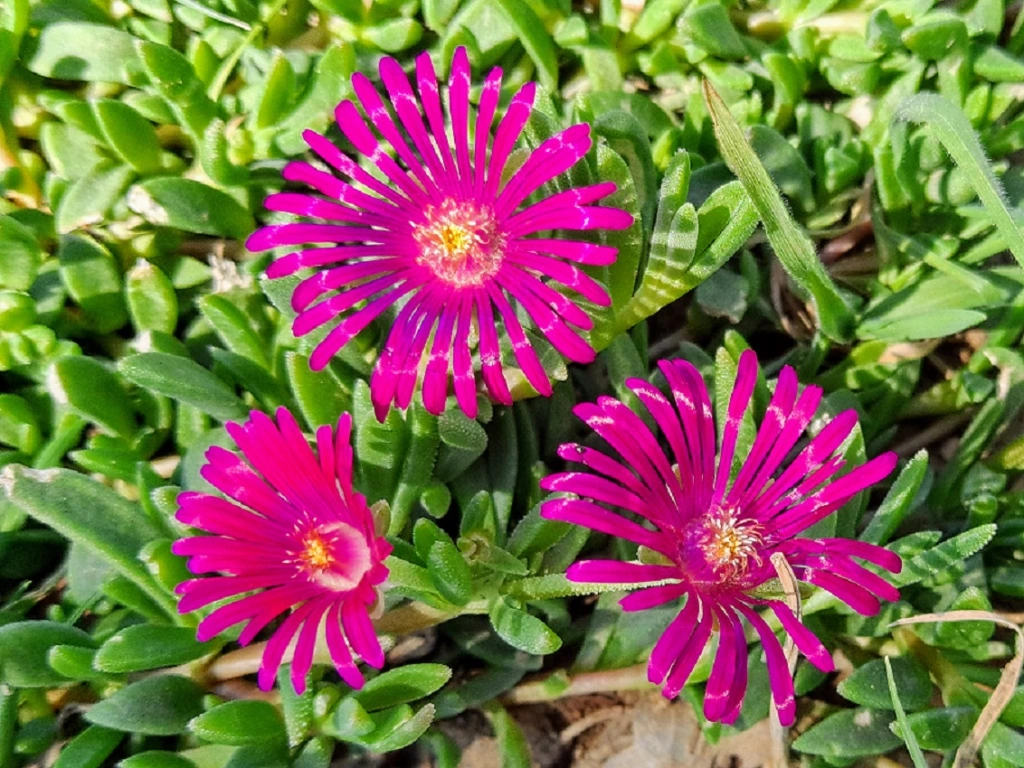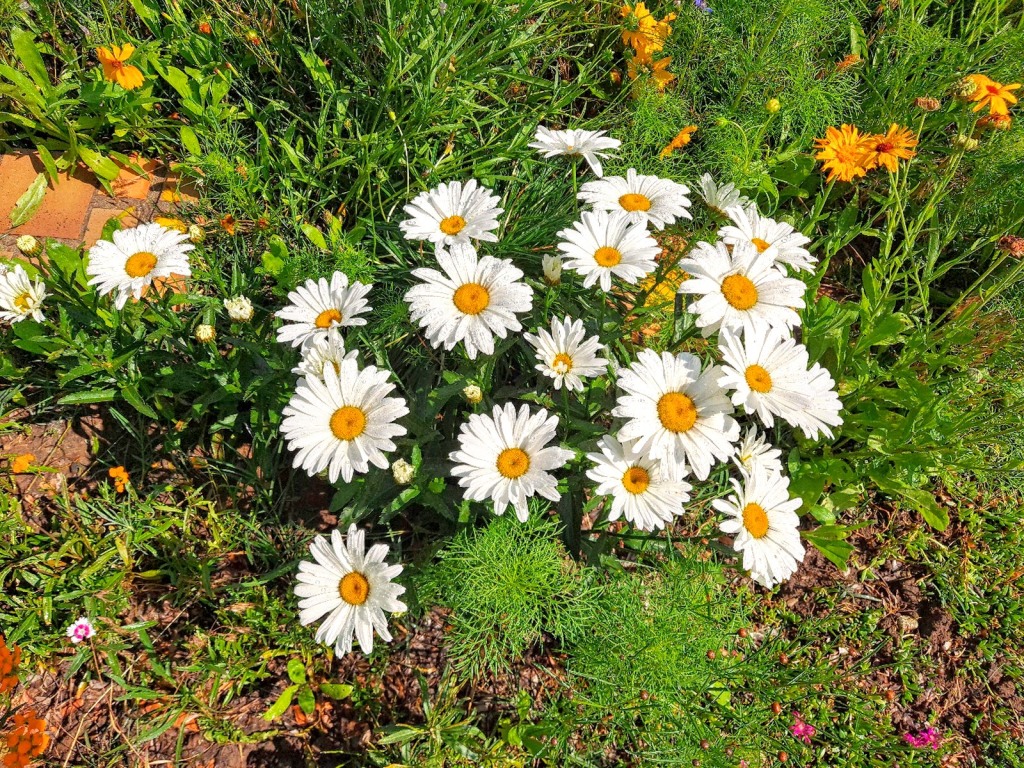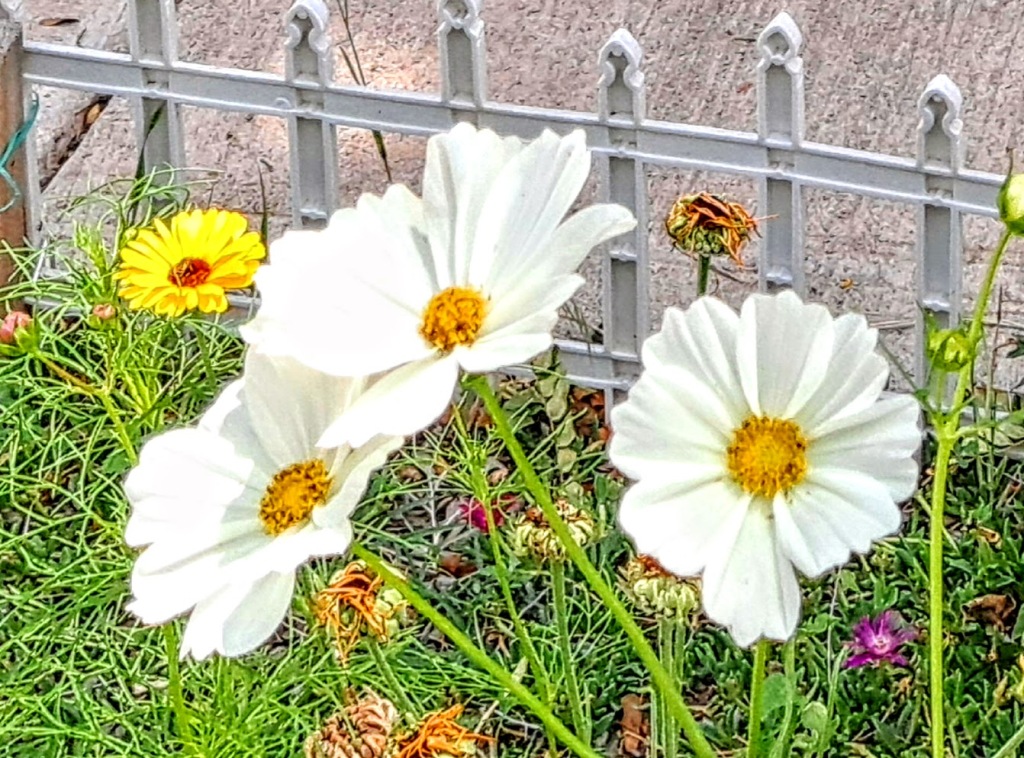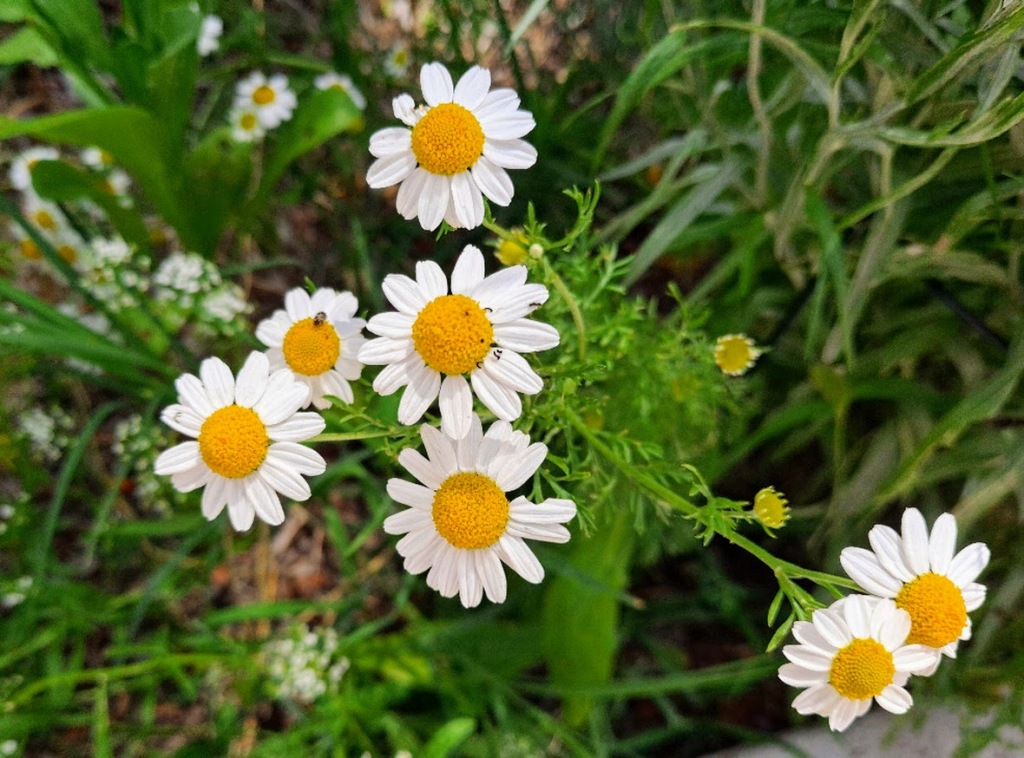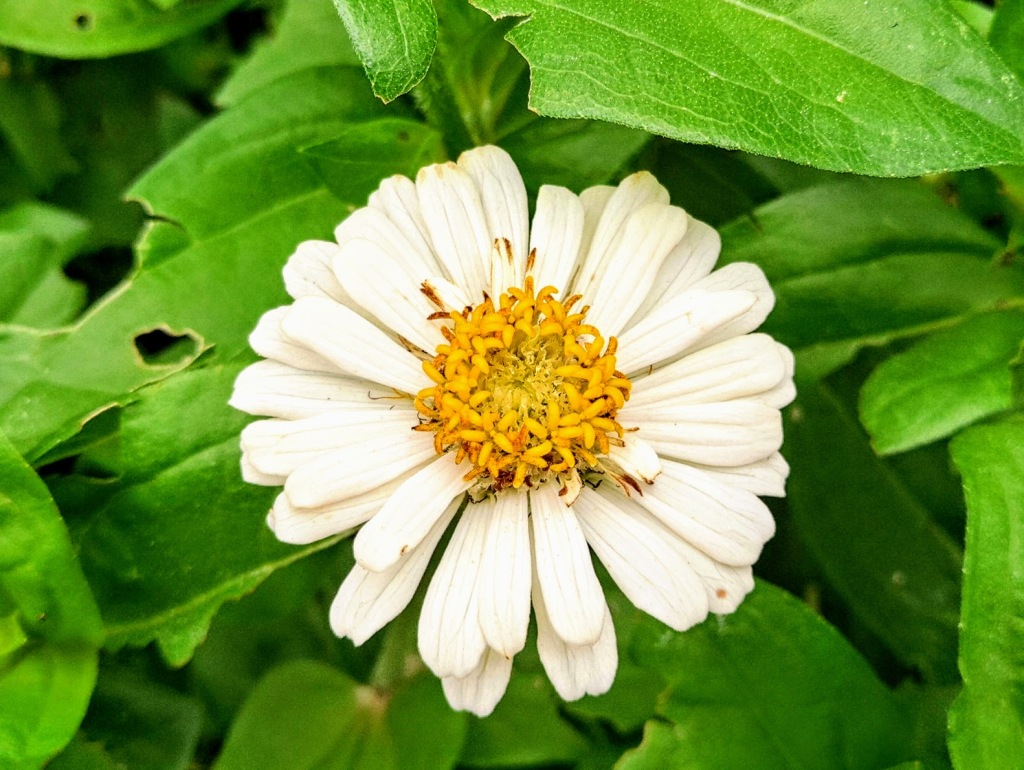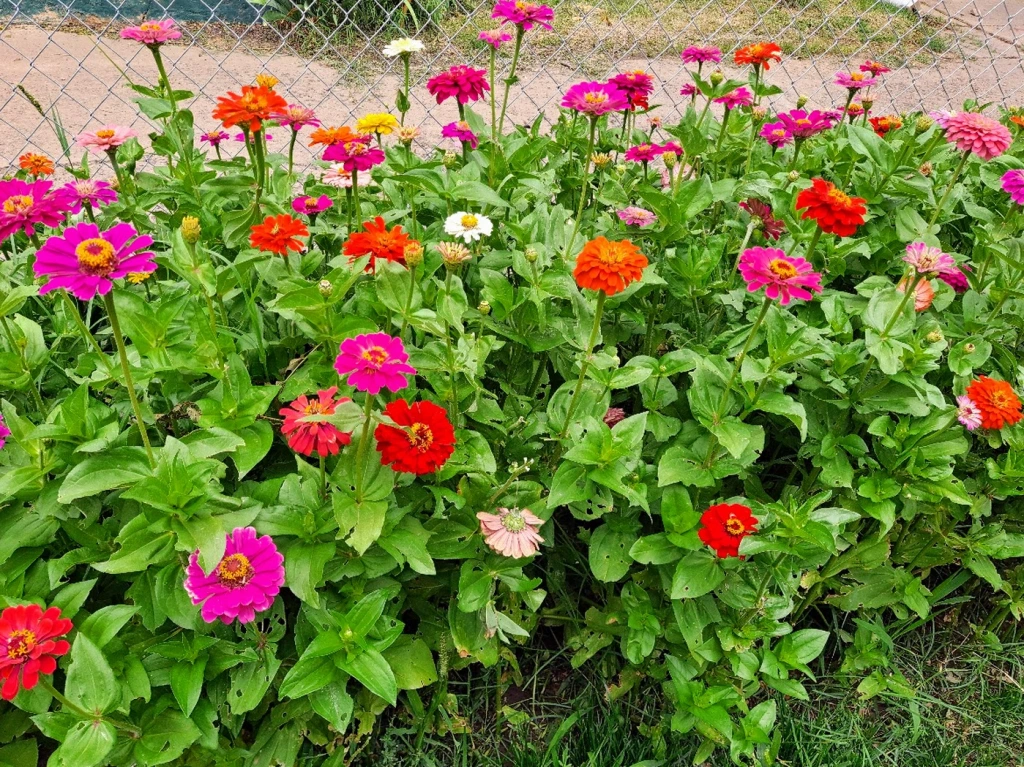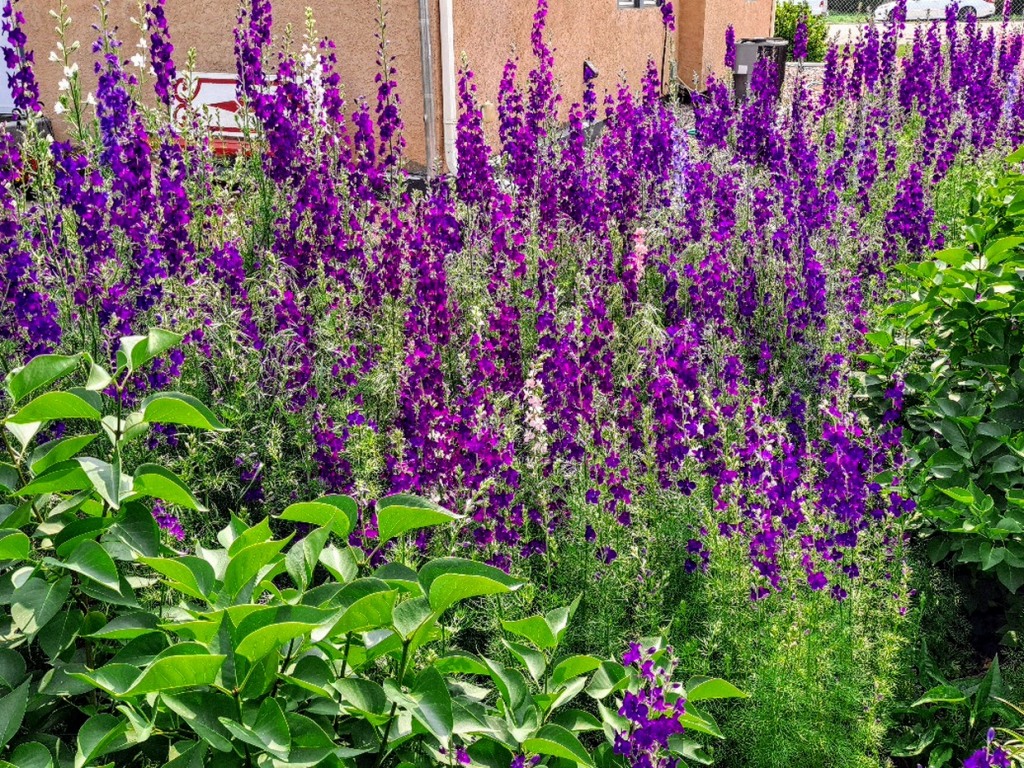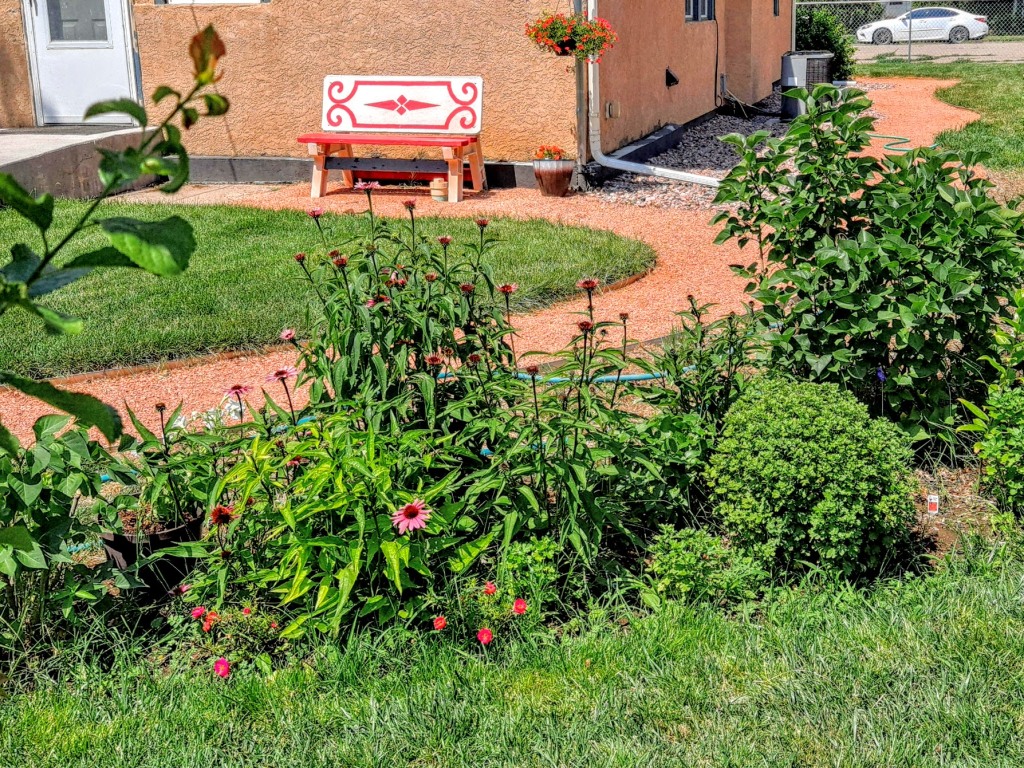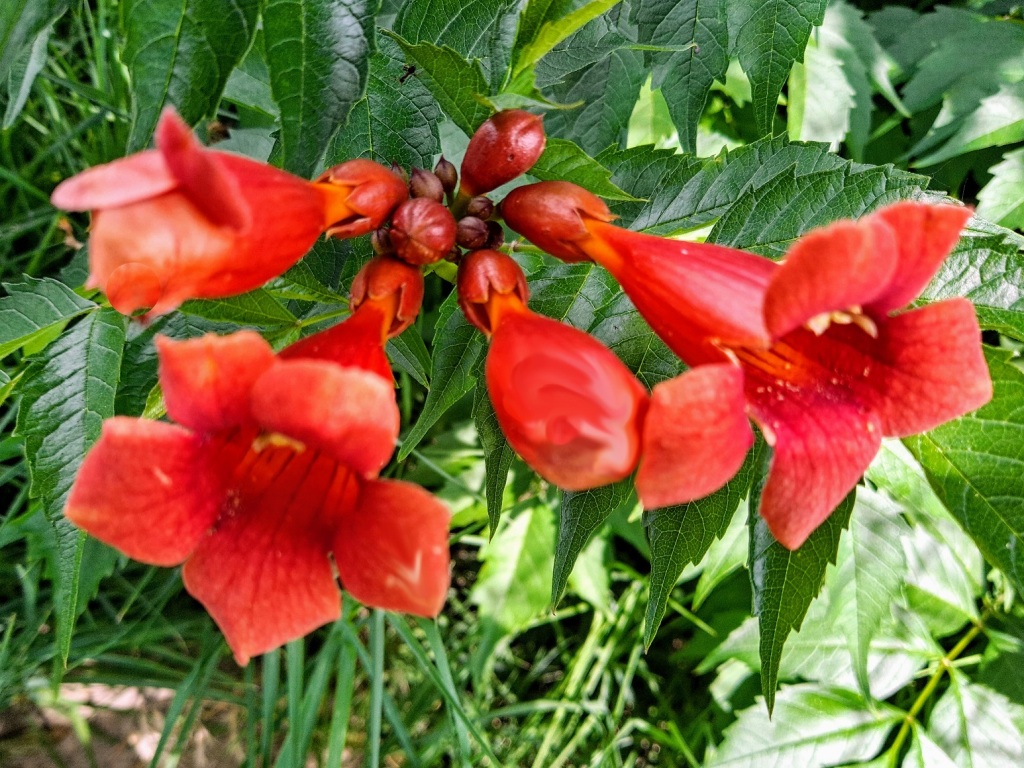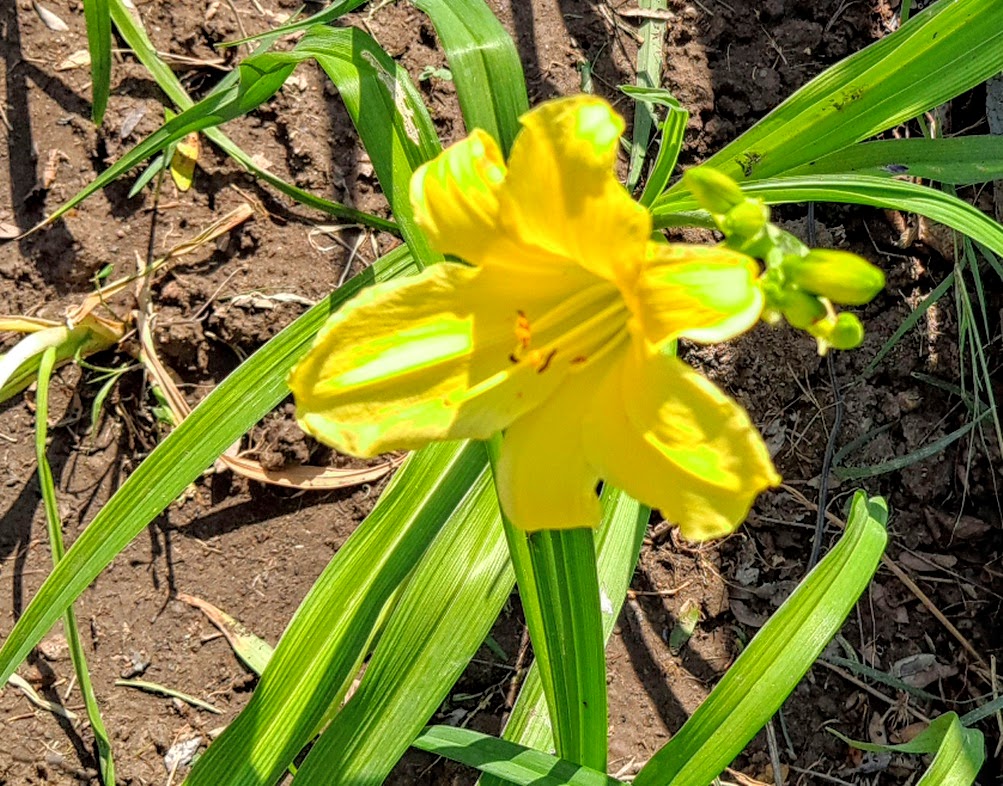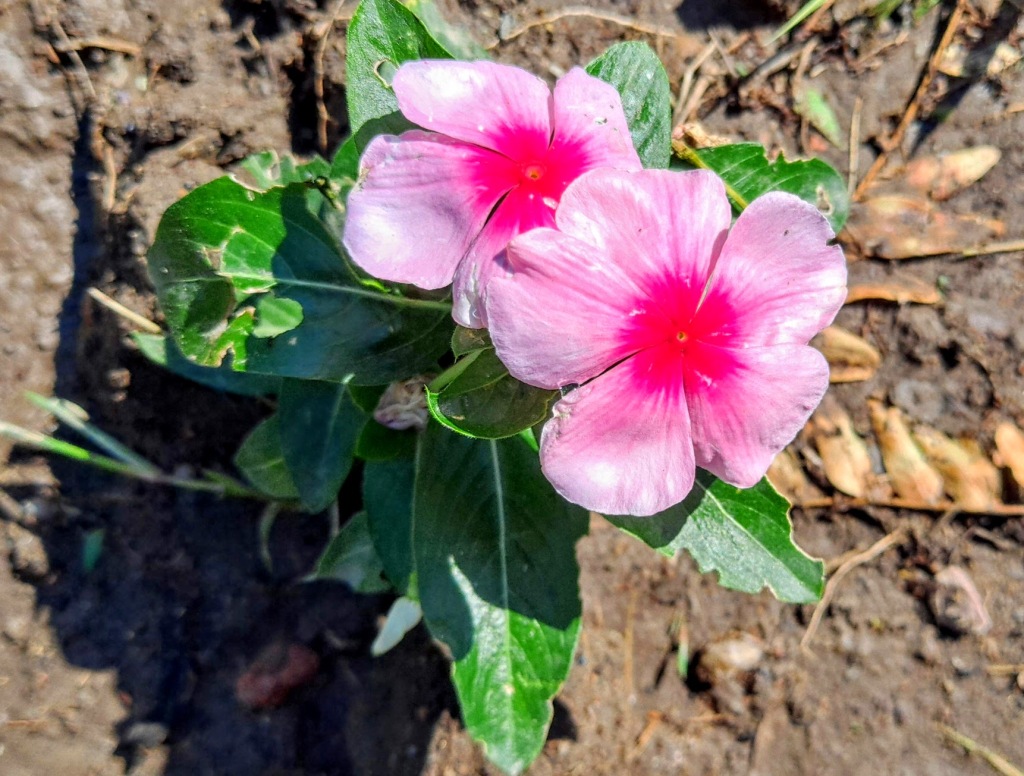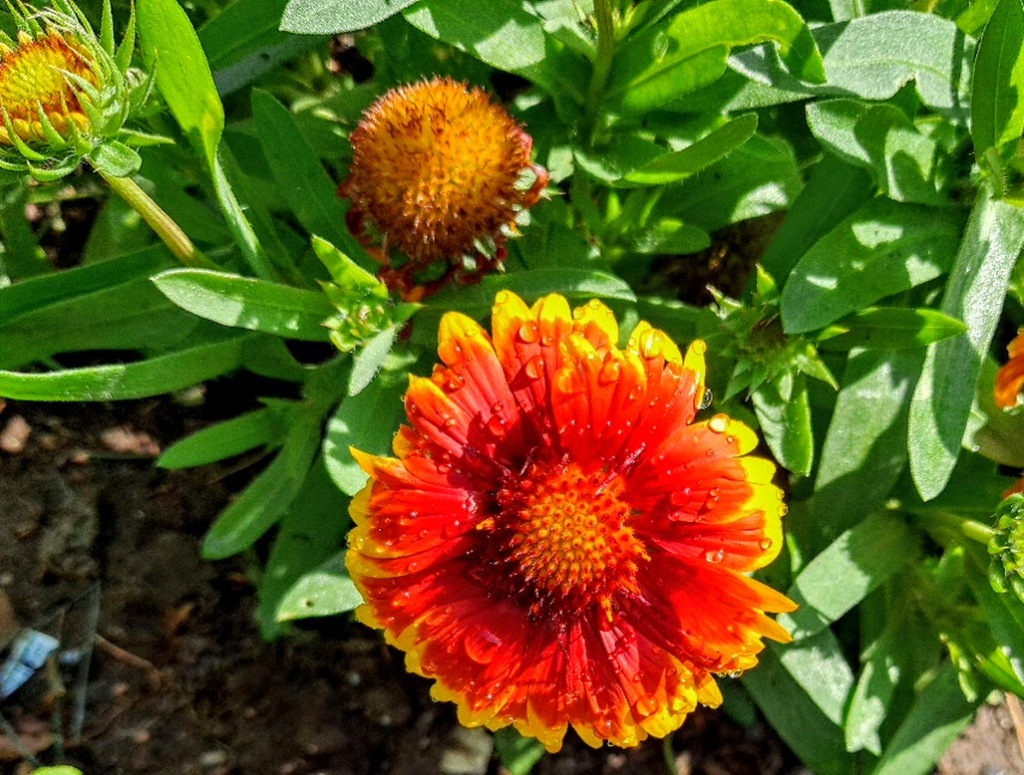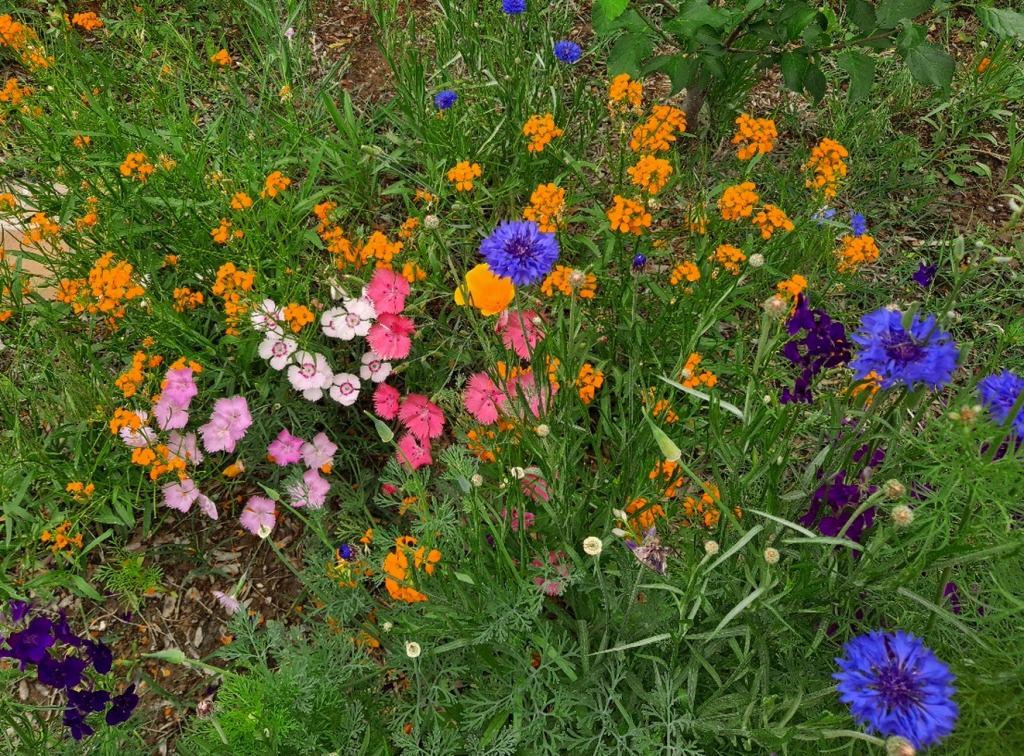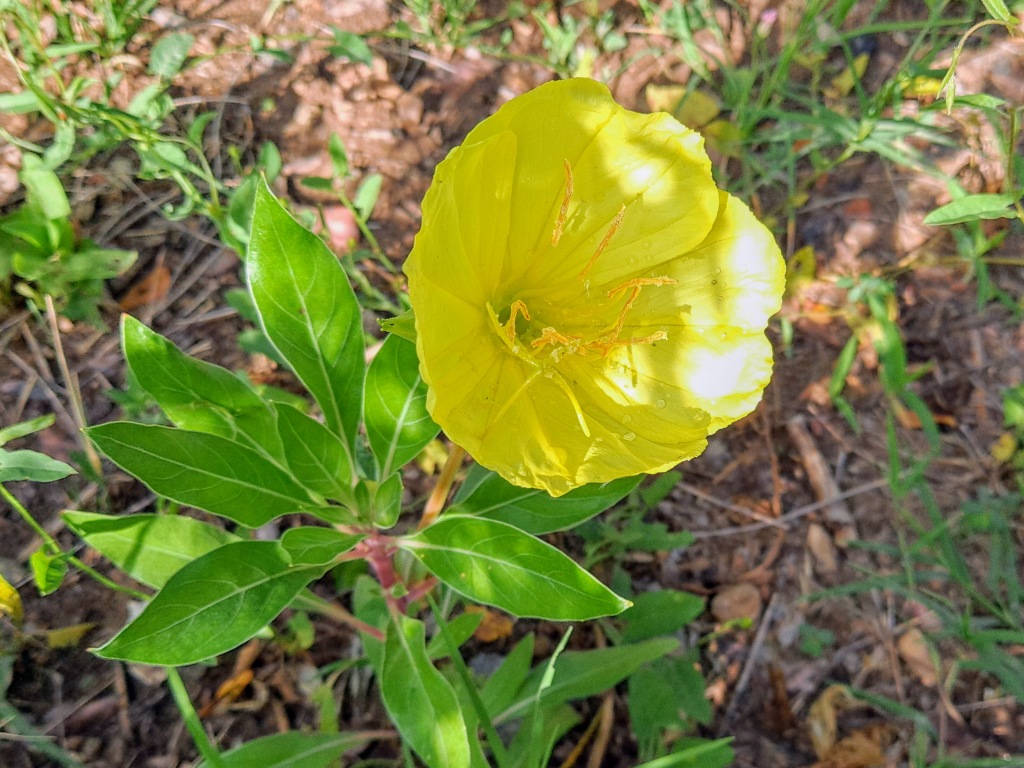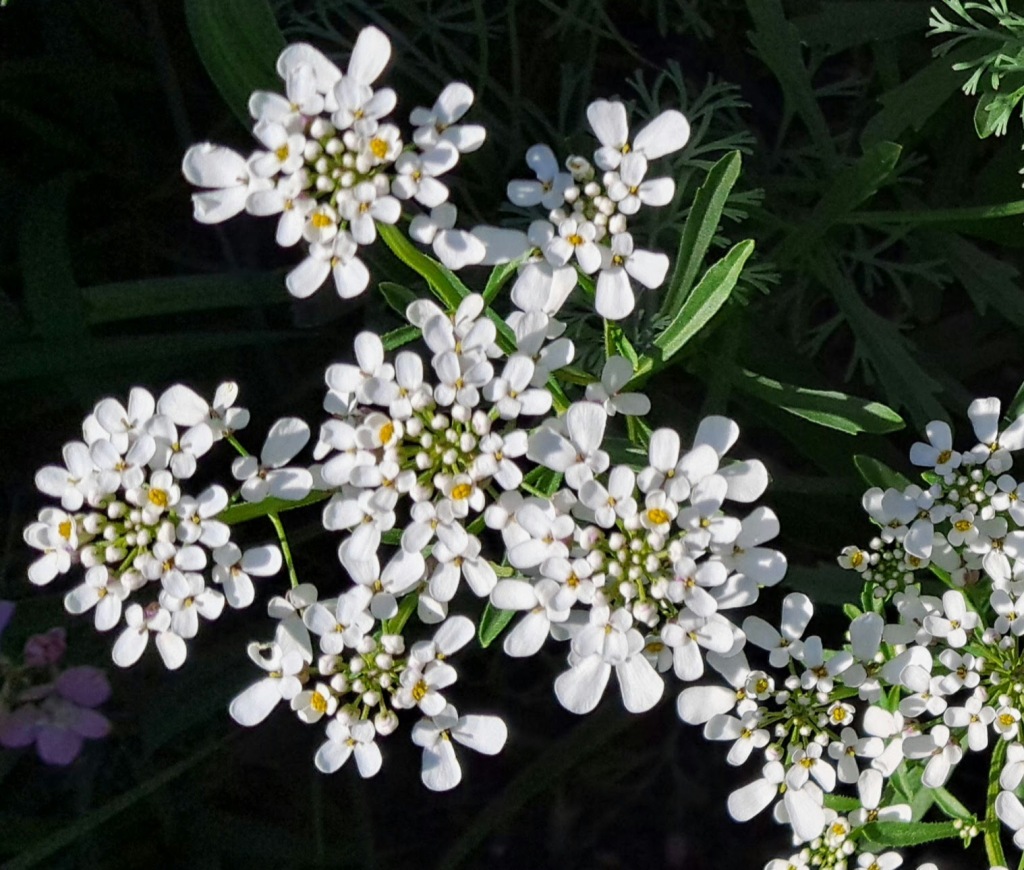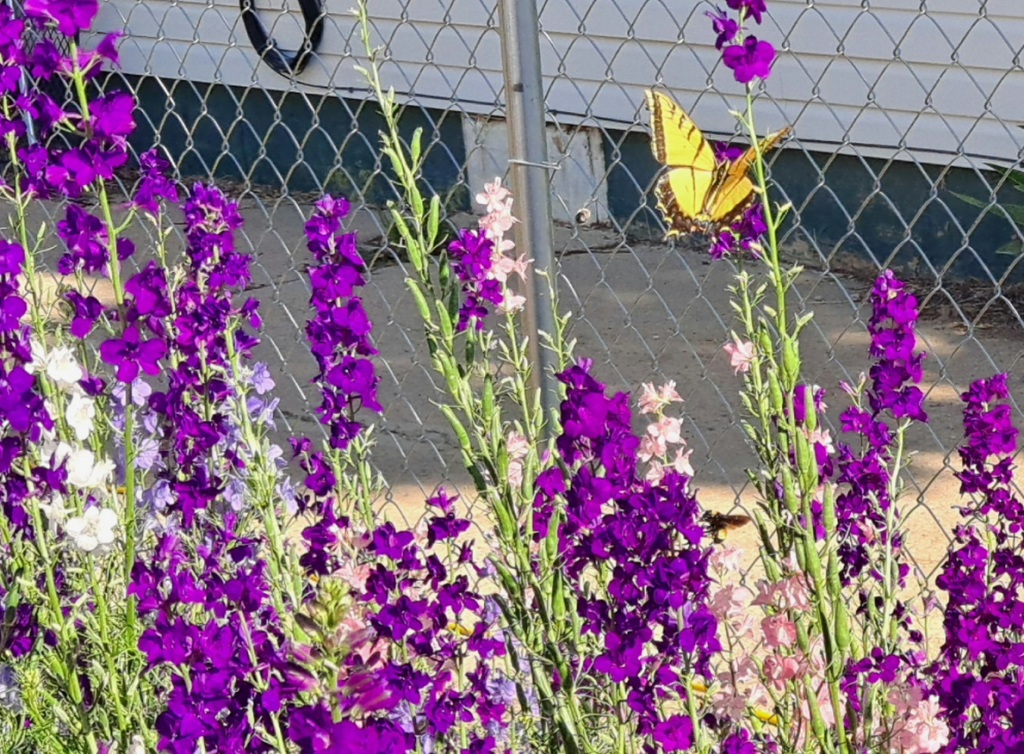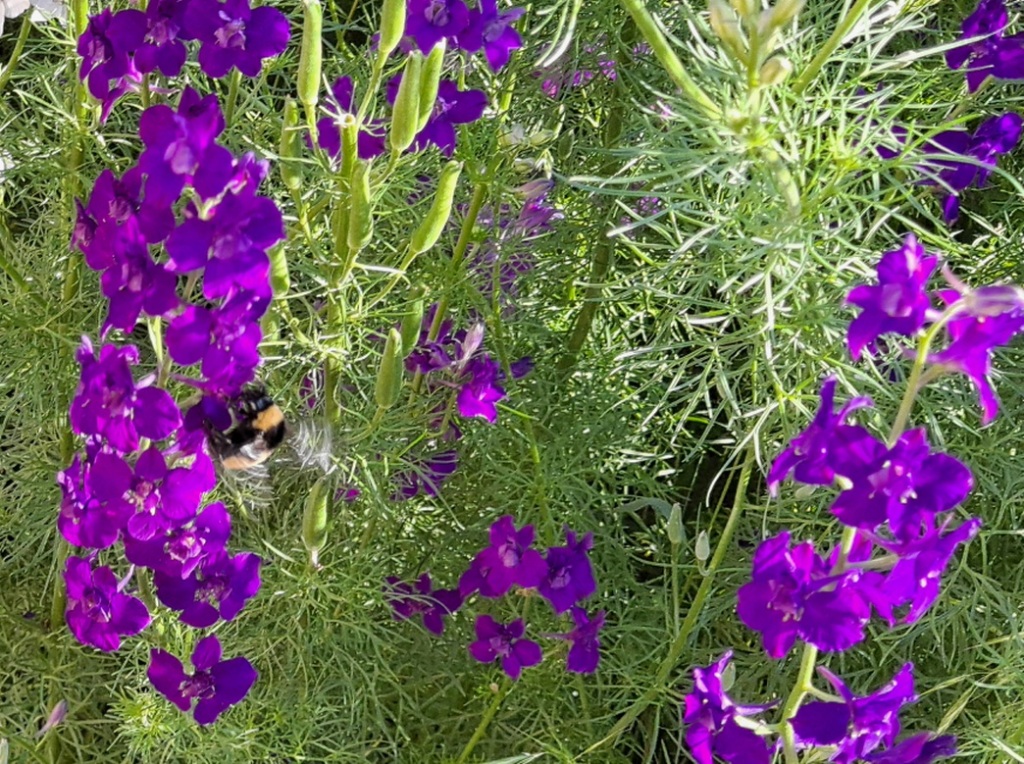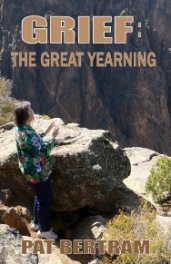I’d stopped writing about grief a while ago — I stopped writing about anything, actually, except for an occasional post to give long time readers an update on my life. I certainly hadn’t intended to write anything else on the subject, although for many years, I felt it was my mission to document my grief so that others who were going through the same thing understood the truth: no matter how crazy grief feels or how long it takes, it’s a normal response to the death of a special loved one. I no longer have the zeal to help grievers, but today is the fourteenth anniversary of Jeff’s death, and I didn’t think the day should go uncommemorated. To be honest, I’m not sure why I feel as if I should commemorate the day. Although I still feel the jagged crack in my soul from where he was ripped from my life, the emptiness has been mostly filled with new memories, new experiences, new foci. Besides that, he has been gone so any years that I no longer feel as if I have a claim on his life. Or his death. Nor do I feel the anniversary in my very soul as I did in the beginning. If not for having it marked on the calendar, I might have let the day pass without acknowledgement. (I remember the date, of course, it’s just that time and calendars don’t seem to correlate to my daily life as they once did.)
Still, both his life and his death affected me enormously. I would not be the person I am today without knowing both love and grief, though I’m not sure that matters — the part about me being the person I am today, that is. For all I know, if things had been different, I might have been a better person, though I could have been worse or simply different or perhaps even the same. We can never know what might have been. All I know is that when he died, my life was sent on a completely different trajectory, and I ended up living a life I could never have imagined when we were together.
I wonder sometimes if we met up today if he’d still like me, but that is a futile speculation. He is gone. He has as little claim to my life now as I have to his. And yet, I do miss him, and perhaps always will.
A friend who has been widowed (widowered?) twice has just married his third wife. I can’t imagine the courage it takes to love again after losing a much-loved spouse not once but twice, nor can I imagine the hope it must entail.
But we all do the best we can to get through our days, and today, the best I can do is to think of Jeff.
And to remember.
***
Pat Bertram is the author of Grief: The Inside Story – A Guide to Surviving the Loss of a Loved One. “Grief: The Inside Story is perfect and that is not hyperbole! It is exactly what folk who are grieving need to read.” –Leesa Healy, RN, GDAS GDAT, Emotional/Mental Health Therapist & Educator.
